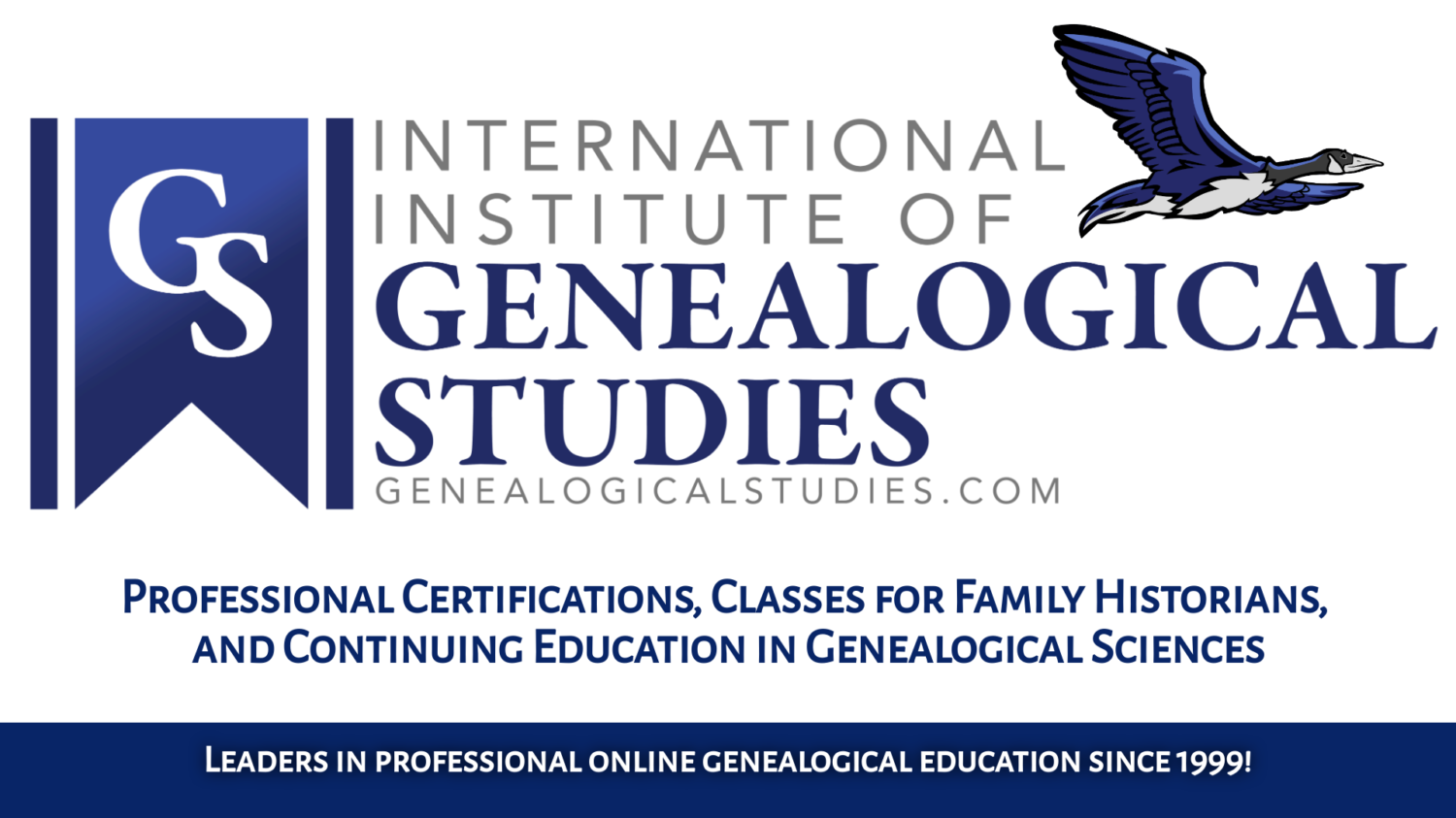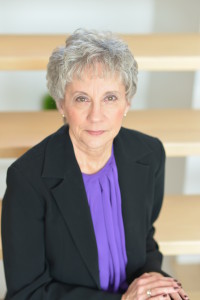**My Favorite Course is a new blog series where students and graduates write about their favorite National Institute for Genealogical Studies course. Do you have a favorite course you want to write about? Leave a note in the comments!
By Shirley L. Sturdevant, PLCGS, Graduate of The National Institute
It is hard to believe that I have finally graduated with my certificate in Canadian Studies. I am so thrilled to be able to place the post-nomials PLCGS behind my name. My adventure took longer than planned due to other commitments and also to the fact that I spent a lot of time at the end of each course making detailed outlines and notes for myself as well as deciding how best to share my new-found information with other genealogists and family historians.
Many of the courses were very interesting but I think my favourite was Canadian: Geography and Maps written by Althea Douglas, UE, MA, CG. Much of the reading for this course came from her book entitled Genealogy, Geography and Maps (©2006 The Ontario Genealogical Society).
The course description reads:
Genealogy, geography and maps are inextricably entwined, particularly in a country like Canada where almost everyone has ancestors who came here from somewhere else. If you are looking for their records you must travel across geographic boundaries as well as across time. Wherever you travel, maps are essential.
Can you read a map? Did you hate geography in school? You know what road maps tell you, but are you aware that topographical maps tell you much more or that geographers and cartographers now use maps to show us all sorts of information both about the here and now and the worlds our ancestors once inhabited.
While many Canadians look back to Europe or the British Isles, in the multi-cultural society we have become some of us will need maps of every continent except Antarctica. Not just maps of the place as it is today, but older maps that show former political divisions and place names, where old roads, canals or railways once ran, perhaps ownership of land, or city plans that show every building, including the one where the emigrant ancestor was born.
If you plan to be a successful family historian you must learn to look at maps and extract the basic, secondary, and even the third level of information they offer, and then evaluate that information. Is what it shows accurate, up to date or obsolete, misleading or intended to deceive? Maps can be many things and the more you know the fewer traps will catch you.
This course dealt with general information about maps (terms and symbols, making of maps and map websites); migration; various types of maps, atlases, gazetteers, guide books and directories; city and town plans; and, locating maps. Most importantly it taught how to apply maps and geography to our genealogy.
Using maps is nothing new for genealogists and family historians. We have used them to locate countries of origin, track immigration to new destinations and migratory routes in general terms, which have led us to vital and church records, land records, court records and other documents of importance in understanding our family history.
However, using maps that are more specific, and understanding the geography of an area at various points in history, can aid us in discovering and understanding so much more. Through more in-depth study, we answer the questions of not only when and where, but also how and why our ancestors chose to travel or settle as they did. This, added to historical information of an area, broadly expands our vision of the life, times and decisions made by our ancestors.
In my case, the understanding of when various modes of transportation were introduced in my areas of interest assisted in understanding why my family travelled when and where they did. Getting to North America was not always as easy as getting to the coast and taking a ship. Did they need to travel by rail or by slow boat along canals, if such were even in place at the time? Did they choose to travel to Ellis Island on the eastern seaboard of the United States, for example, rather than Canada ports even though Canada was their intended destination? If they were travelling across the Atlantic during iceberg season, travelling via a more southern route across the Atlantic and then travelling north by trail, road or canal or even trekking by foot would be preferable to the treacherous northern waters.
This course introduced me to so many websites of which I had been previously unaware; not only the usual political maps, but also: historic, thematic (climate, economic, geological, etc.); migratory routes; and more. All led to a broader understanding of my own family’s history.
I encourage readers to check out what maps are available for your area of interest or take this most fascinating course. I cannot talk enough about where your new understanding might lead you!
Bio: Shirley L. Sturdevant, PLCGS, is a 2015 graduate of The National Institute for Genealogical Studies. Shirley got involved in genealogy, or rather family history, as a young adult in the 1970s when she heard her parents telling family stories she had never heard before. Her mother, always one for taking family photos, had also kept numerous albums and had some basic genealogy completed by another “cousin”. The rest is history; she is now the family Kinkeeper. She got involved with the Kent Branch of The Ontario Genealogical Society and is currently the organization’s Past-President and Program Chair for the 2015 conference “Tracks through Time”. Besides genealogy, Shirley is an avid reader, enjoys, ballroom dancing and geocaching. She is now moving forward with her company – SL STURDEVANT Family History Services.




2 Responses